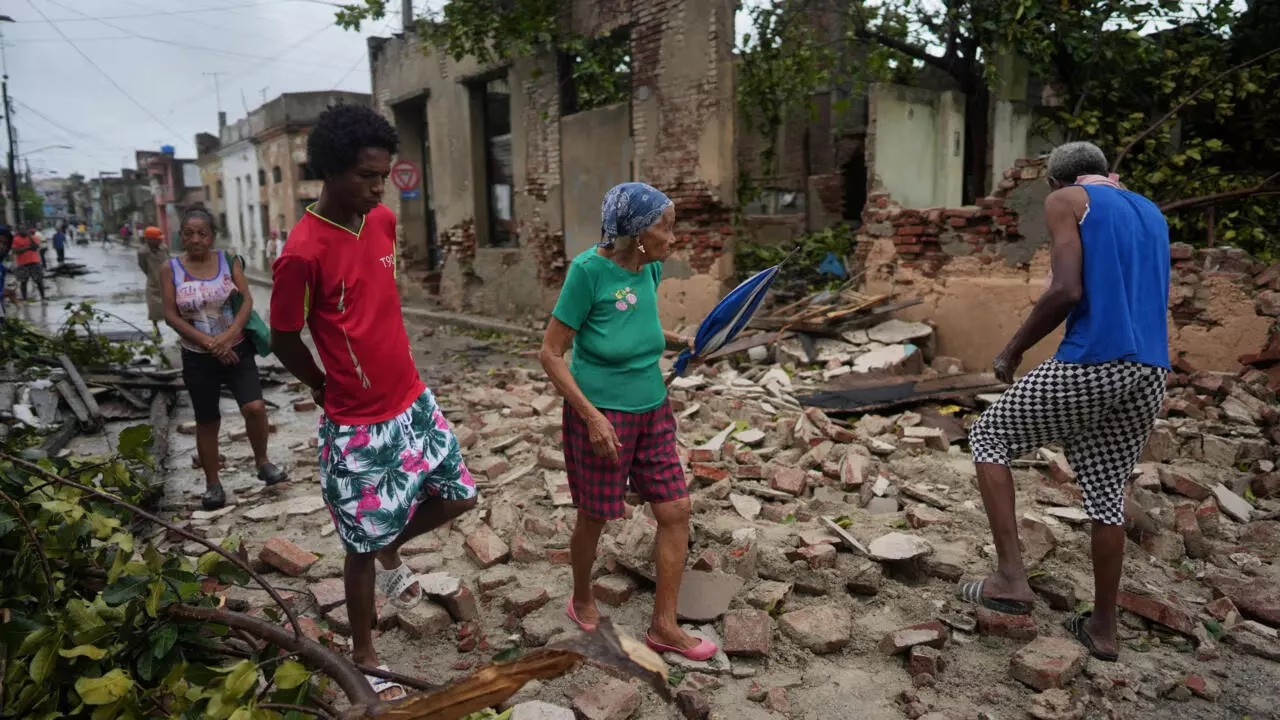Residents of the northern Caribbean began clearing debris on Thursday after Hurricane Melissa, whose death toll continues to rise.
In southeastern Jamaica, the roar of heavy machinery, the whine of chainsaws, and the sound of machetes echoed as residents and public workers cleared roads in an effort to reach remote communities struck by one of the most powerful Atlantic storms on record.
Stunned residents wandered among the ruins—some silently staring at their roofless homes, others trying to salvage their soaked belongings.
“I have no home now,” said Sylvester Guthrie, a sanitation worker from Lacovia in St. Elizabeth Parish, holding his bicycle—the only thing left intact. “I have a plot elsewhere where I can rebuild, but I’ll need help,” he added.
By Wednesday evening, the first humanitarian flights carrying water, food, and other essentials began arriving at Jamaica’s main airport.
“The scale of the destruction is enormous,” said Jamaica’s Transport Minister Daryl Vaz.
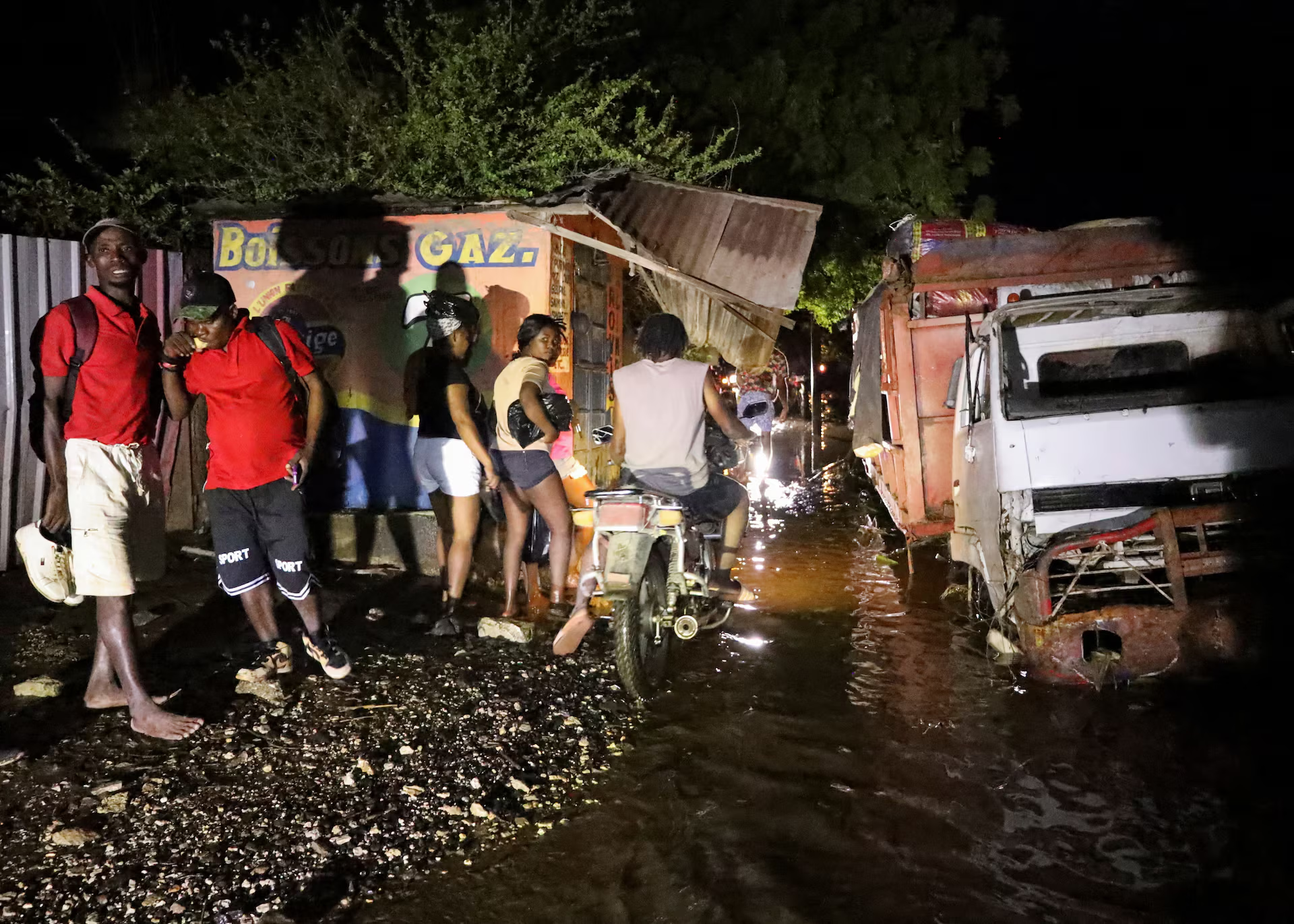
“The Scale of Destruction Is Enormous”: Jamaica Assesses the Damage After Melissa’s Strike
Many Jamaicans no longer know where they will live. “I’ve lost my home, but I have to stay hopeful—because I’m alive,” said Cheryl Smith, who was left without a roof over her head.
Authorities said at least four bodies have been found in the country’s southwest. Prime Minister Andrew Holness reported that up to 90% of roofs in the coastal area of Black River were destroyed. “Black River can be considered the epicenter of the devastation,” he said. “People still can’t grasp the scale of what has happened.”
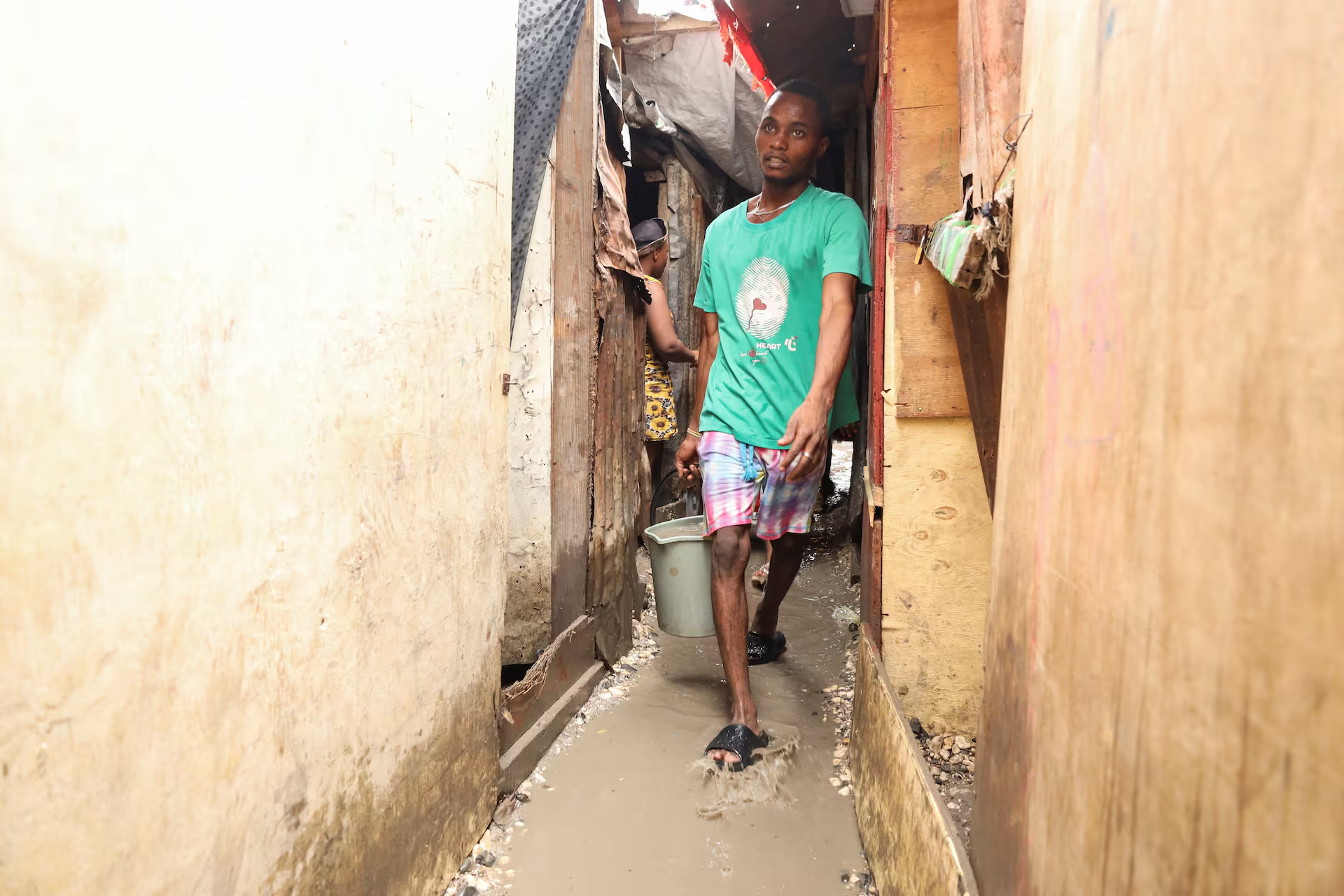
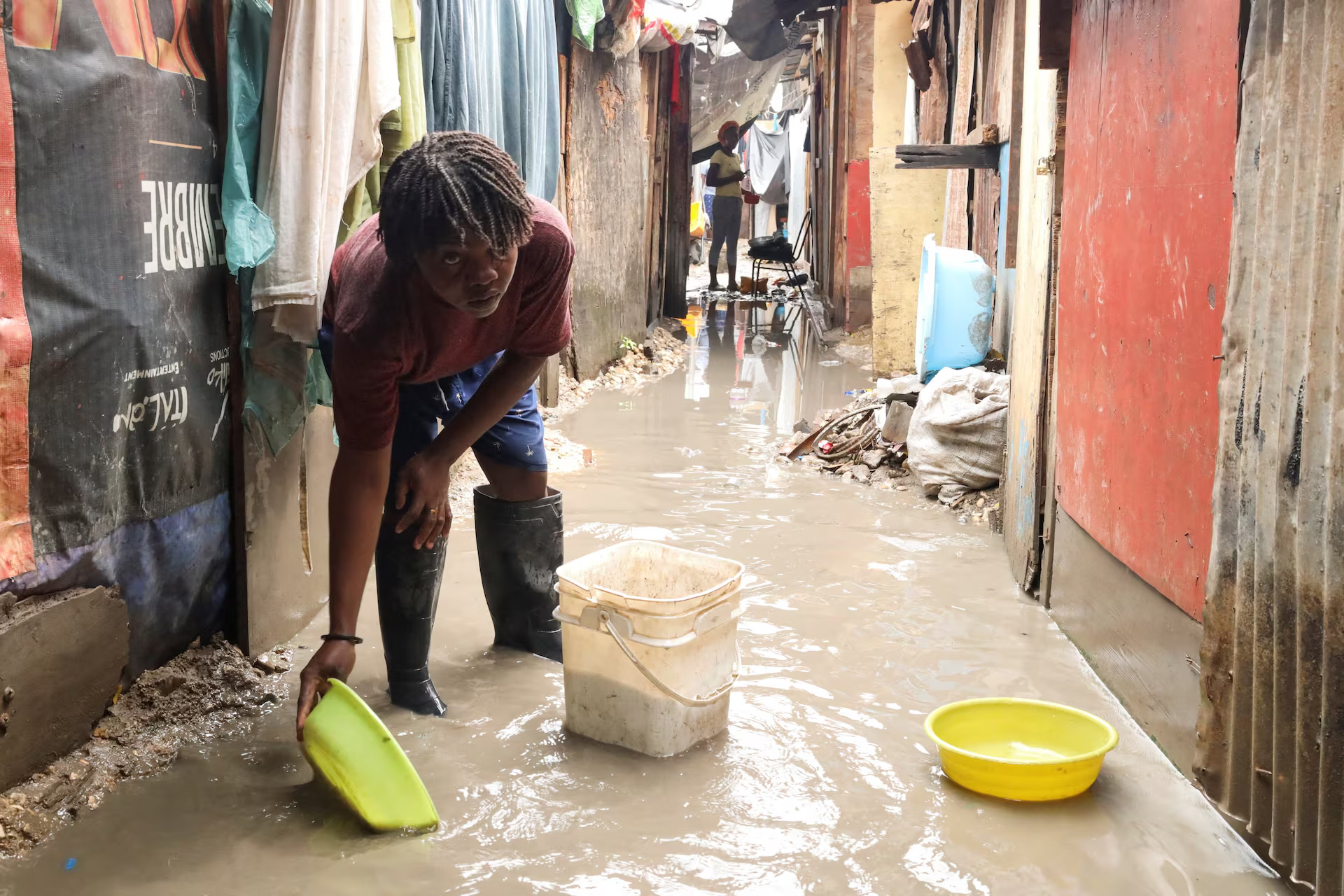
More than 25,000 people remain in overcrowded shelters in the western part of the island, where about 77% of the area is still without electricity.
Hurricane Melissa also caused catastrophic flooding in Haiti, where at least 25 people have been confirmed dead and 18 remain missing, mostly in the country’s south.
Steven Guadar, a resident of Petit-Goâve, said the storm swept away his entire family. “My four children were at home: a one-month-old baby, a seven-year-old, an eight-year-old, and another who was about to turn four,” he said.
Haiti’s Civil Protection Agency reported that in Petit-Goâve alone, Hurricane Melissa claimed at least 20 lives, including 10 children. More than 160 homes were damaged and another 80 completely destroyed. Authorities warned that 152 people with disabilities in the southern regions are in urgent need of food assistance. More than 11,600 people remain in shelters.
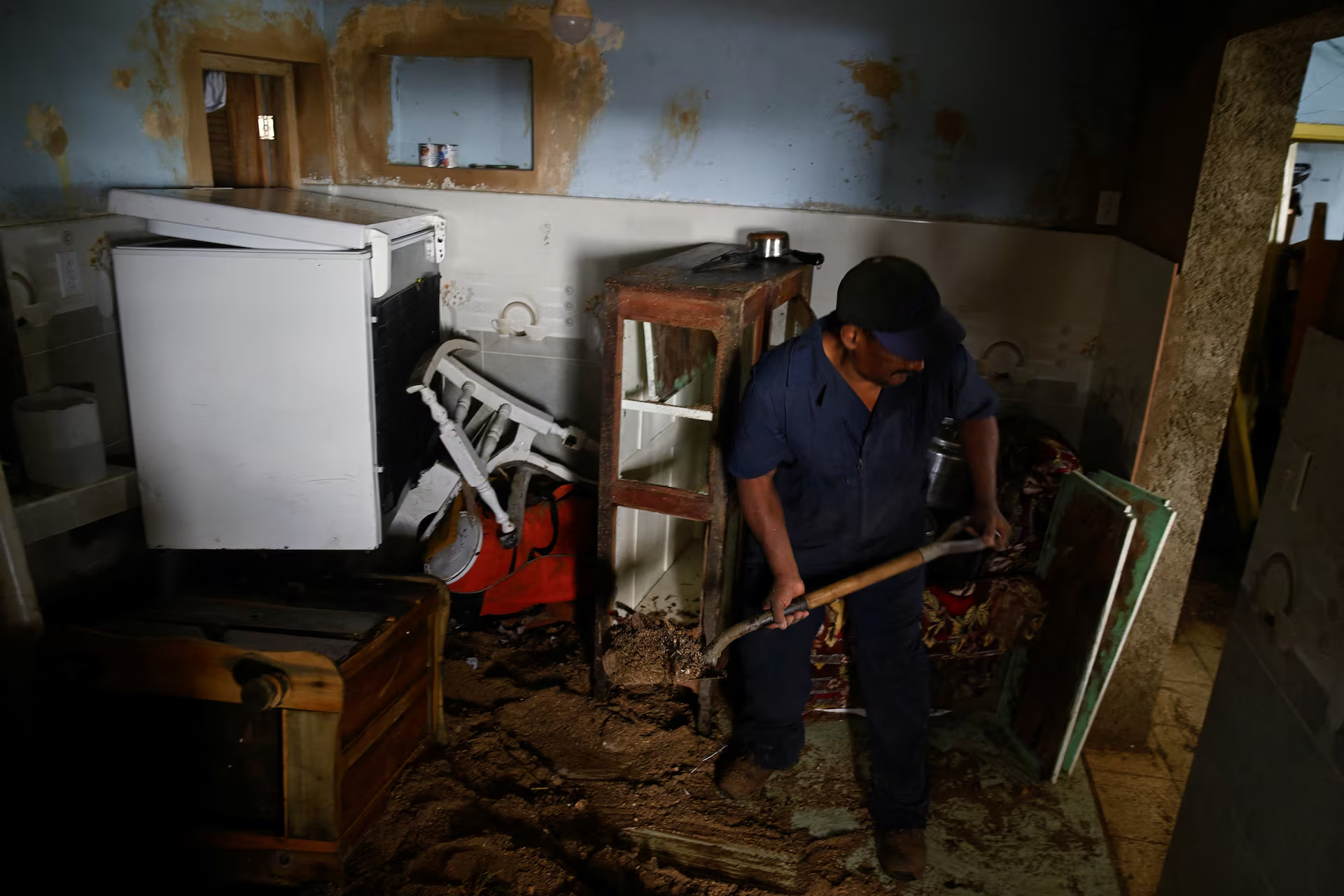
Flooding in Haiti and Clearing Debris in Cuba: The Region Struggles With the Aftermath of the Storm
Meanwhile, large-scale efforts to clear blocked roads and highways have begun in Cuba, involving heavy machinery and military units that evacuated people from isolated areas and assisted those threatened by landslides.
No casualties were reported: the Civil Defense service had preemptively evacuated more than 735,000 residents from the eastern part of the country. They are now gradually returning home.
“We’re clearing the streets, opening pathways,” said Yajma Almenares, a physical education teacher from Santiago de Cuba, who joined her neighbors in sweeping branches and debris from sidewalks, cutting fallen trees, and hauling away waste.
In rural areas around Santiago de Cuba, water still stood in vulnerable homes as residents returned from shelters Wednesday evening to rescue beds, mattresses, chairs, tables, and fans they had lifted onto higher ground before the hurricane hit.
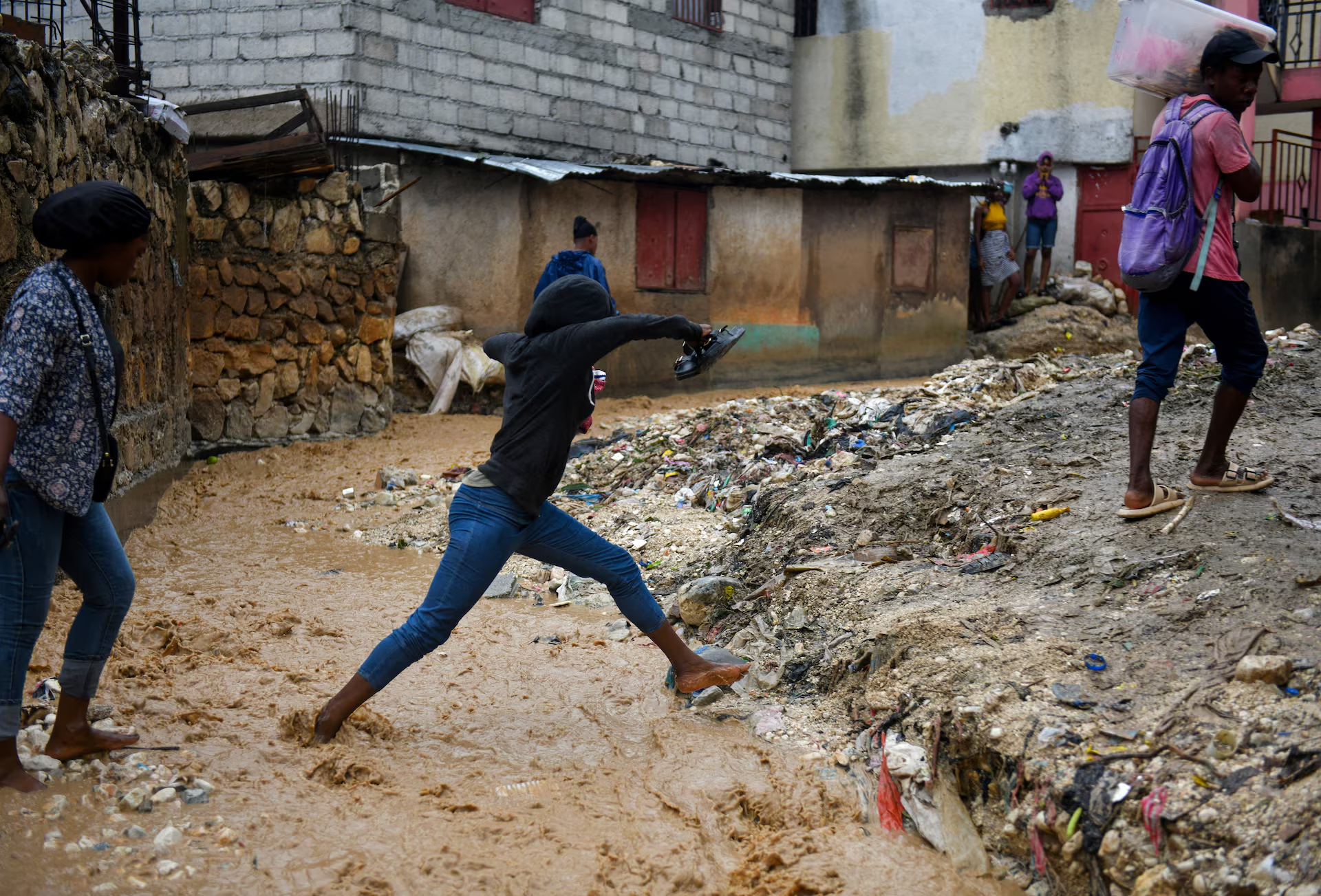
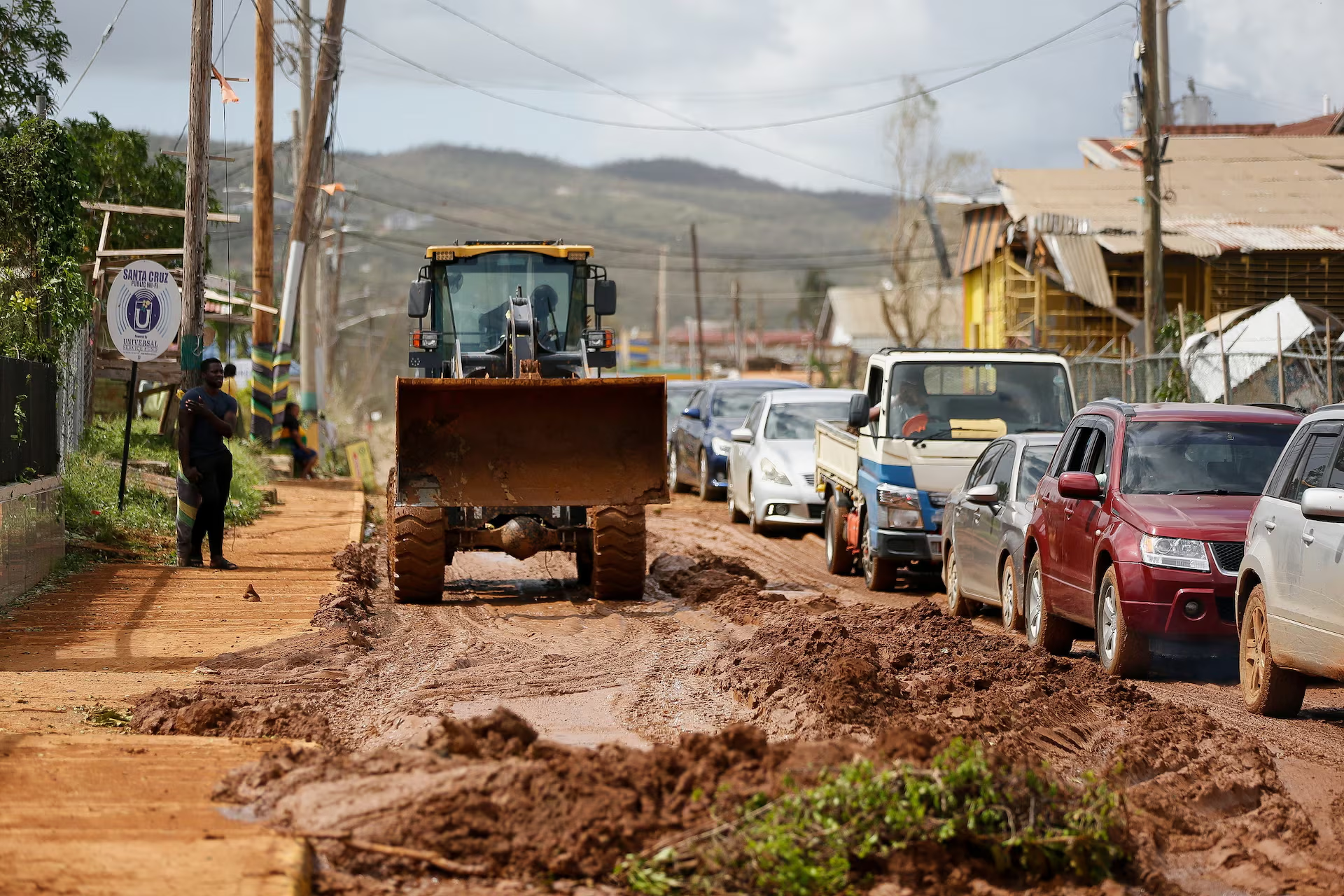
At a Civil Defense meeting chaired by President Miguel Díaz-Canel, no official damage assessment was given. However, representatives from the affected provinces—Santiago, Granma, Holguín, Guantánamo, and Las Tunas—reported torn-off roofs, damaged power lines and fiber-optic cables, destroyed roads, isolated communities, and the loss of banana, cassava, and coffee plantations.
At the same time, authorities noted that the rainfall helped replenish reservoir supplies and ease the drought that had gripped eastern Cuba. Many towns remain without electricity, internet, or phone service due to damaged transformers and power lines.
From Jamaica to Bermuda: Melissa’s Path Across the Caribbean and Meteorologists’ Forecasts
When Melissa struck Jamaica on Tuesday as a Category 5 hurricane with wind gusts reaching 295 kilometers per hour, it matched record Atlantic storm levels for both wind speed and atmospheric pressure at landfall. Early Wednesday morning, the hurricane still maintained Category 3 strength as it reached Cuba’s eastern coast.
On Thursday morning, hurricane warnings remained in effect for the southeastern and central Bahamas as well as Bermuda. In the southeastern Bahamas, strong winds and hurricane conditions persisted, and dozens of residents were evacuated.
According to the U.S. National Hurricane Center in Miami, by Thursday morning Melissa had weakened to a Category 2 storm, with sustained winds of 155 kilometers per hour, moving north-northeast at about 33 kilometers per hour. The hurricane’s center was located roughly 235 kilometers northeast of the central Bahamas and 1,215 kilometers southwest of Bermuda.
The forecast projected that late Thursday night Melissa would pass near or just west of Bermuda, with meteorologists warning of a possible brief strengthening before the storm begins to weaken on Friday.
